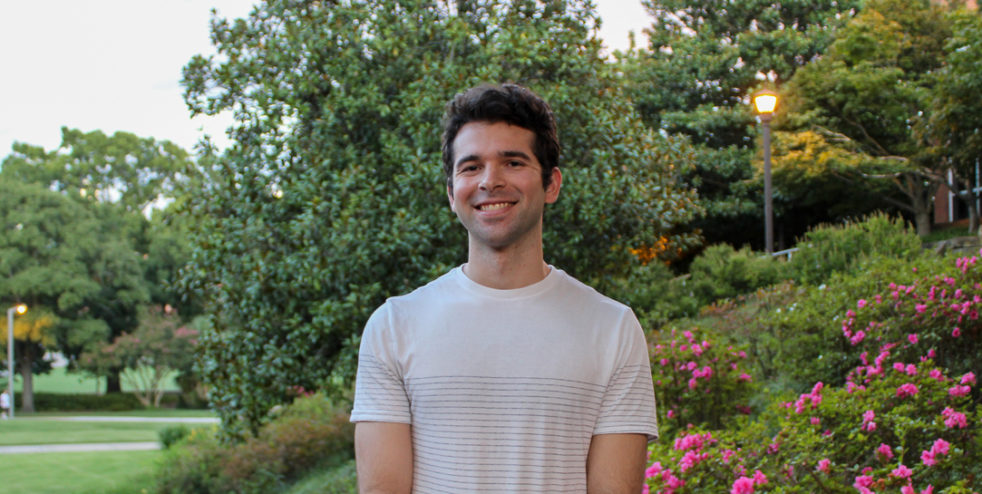American audiences have been conditioned to expect their favorite movies to be changed. Whether it’s by adding a sequel or remaking the film altogether, it’s fair to say that there’s been an uptick in the amount of entertainment whose content is linked to a previous iteration.
But remakes are not a unique phenomena.
Professors of cinema studies have long commented that it is a filmmaking strategy dating back to the early days of cinema. But recently, the mere mention of a potential “Princess Bride” reboot was abruptly ended by online uproar and nearly immediate backlash. On this rare occasion, the Internet joined together to collectively agree on one thing: that the cult classic was too holy to be touched again.
And in light of Disney’s recent live-action updates to their animated features, the universal backlash almost suggests a type of perfection that carries a cultural significance beyond the control of the movie industry. More specifically, it is the notion that a movie like the “Princess Bride” cannot be improved upon.
Originally released in 1987, the “Princess Bride” is filled with traditional fantasy tropes. The plot? A princess and her one true love must overcome the obstacles separating them and live happily ever after. The protagonist? He is a character as charming as he is intelligent. Their love interest? Her sole motivation comes from her reluctance to marry an evil prince. Side characters’ are driven by either revenge or retribution. The movie should not be as highly regarded as it is, but self-awareness is the key to making it far greater than the sum of its parts.
The film is perfect in what it sets out to do, which is to make fun of the traditional fairy tale paying respect to the happiness that a happily ever after gives its audience.
Chris Miller, one half of the directing team behind hits like “Into the Spider-Verse” put it best: “It still holds up as the greatest meta story put to film.” And the unique culmination of the screenplay, acting and era creates a final piece that even the National Film Registry has recognized.
This is not to say that the “Princess Bride” will never be remade, but it will never have the same magic or artistic value as the original for the same reasons as other classic films. Consider Robert Zemeckis’ “Back to the Future,” which carries some of the same iconic status factors. By being so elaborately specific in what it sets to do that to alter anything would jeopardize the film’s own succinctness in narrative.
There is only one specific way to tell its time-travelling story. And the only way a remake of it could exist would be if it were to follow the exact same beats as the original with nothing to add, or if it were to be completely revamped at the cost of losing its connection to the original film.
What is harder to duplicate is the singular vision of a director, for when a film is attached so much to a director’s perspective, the only way of capturing the same effect would be to employ the same director. A great example of this is Stanley Kubrick’s “2001: A Space Odyssey,” a film widely regarded for the distinct vision that Kubrick set out to achieve. Its psychedelic visuals and artistic approach to its science-fiction setting make it an experience that cannot be repeated.
The purpose of a remake should be grounded in social relevancy or innovation of concept, rather than be a visual facelift.
Take 1983’s “Scarface,” an update of its 1932 version. While still communicating the same themes of immorality, greed and ambition, the film changes its setting from Prohibition Era bootlegging to the Miami drug scene.
A more modern version of this would be Bradley Cooper’s “A Star is Born,” which uses the themes associated with fame and fortune in a more modern setting. And according to critics, it only improved the original 1937 story.
Contrast this to any of Disney’s recent life-action remakes. The updated graphics do not add anything to the originals at the cost of characterization and visual storytelling.
“Mary Poppins,” “Aladdin,” “Beauty and the Beast,” “Cinderella,” and “Lion King” fall to this exact blunder by sacrificing the imagination and objective artistry for the sake of money — which, unfortunately, each made quite a bit of.
Compare this to Marvel movies, where the strength of the material comes from its adaptability and numerous iterations. Three different versions of Spider-Man in less than two decades does not bother anyone, because the medium being adapted from thrives off of new ways to tell its story that with great power comes great responsibility.
The same can be said regarding the different Batmen, grom Michael Keaton to Christain Bale. Each has their own unique take and the story benefits from being retold.
But to assume that this applies to all content would be incorrect. Remaking a movie like the “Princess Bride” would attempt to manufacture the organic nostalgia that fans already have.
Not only would the film not have an audience, but it would violate the artistic and cultural significance that such unique movies have in the industry.
Patterns are not new to Hollywood. Whether it was the explosion of movies based on books like “Harry Potter”, the introduction of slow-motion action set pieces based on “The Matrix,” or even an expanded universe of characters as seen in the Marvel Cinematic Universe, trends follow impactful moments. And hopefully, Hollywood listens to everyone
